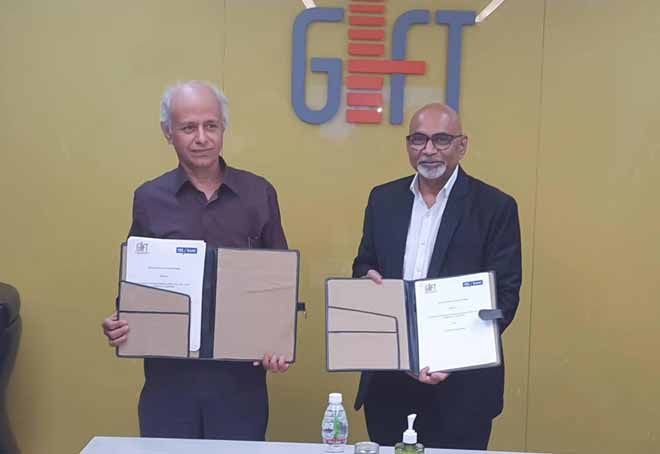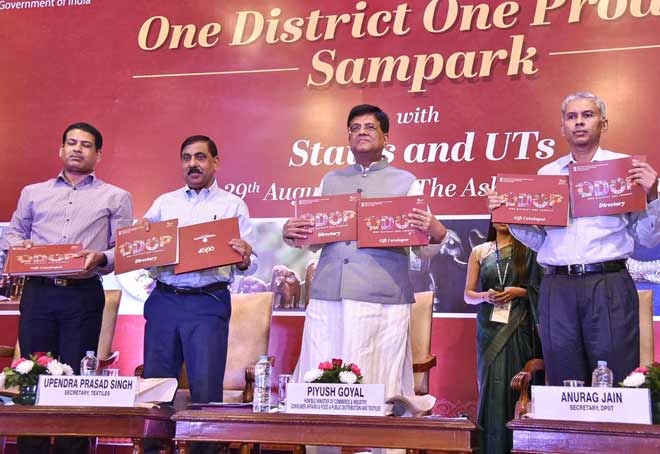Blue Pottery of Jaipur faces extinction
Updated: Aug 26, 2013 05:12:57pm

New Delhi, Aug 26 (KNN) Blue Pottery of Jaipur is on the verge of extinction as over the years, master potters have refused to share trade secrets with their fellow craftsmen.
As a result, there is an eventual lowering of standards and a gradual dying of the craft, according to a survey report by MSME Design Clinic Scheme.
“Artists of Blue Pottery use clipart and are copying foreign patterns which may be harmful for the identity of Blue Pottery patterns of Jaipur,” the report said.
At present, out of 400 artisans, 200-250 of them are involved directly in manufacturing of the Blue Pottery.
“Earlier, there were around 40 to 45 units involved in the craft. But from the last three to five years there has been a downfall in the number of people who are practicing. People are leaving this craft and some have gone outside the city to look for other jobs,” it said.
The report recommends conducting more workshops with skilled artists who can train others to develop new patterns might help the art flourish again.
Artists need to be taught and trained in terms of colour combination which would help them develop designs according to the market trends.
Over the years the craft was kept alive by late Gayatri Devi, the third Maharani of Jaipur from 1939-1970 and wife of Maharaja Sawai Man Singh II. She widely promoted Blue Pottery.
Gayatri Devi revived this craft by understanding, experimenting and then disseminating the skills to the unemployed youth of the nearby villages such as Kot Jewar, Mehla, Mohana, Sanganer, Jamdoli and Neota, etc.
The art of making blue glaze pottery came to Rajasthan via Kashmir, its entry point to India. The name comes from the eye catching blue dye used to colour the clay.
The Jaipur blue pottery made of an Egyptian paste is glazed and low fired. This pottery is opaque and mostly decorated with animal and bird motifs. Being fired at low temperature, it is fragile and easily chipped.
Although, Blue Pottery is Turko- Persian in origin, it is widely known as one of the distinctive crafts of Jaipur.
The city of Jaipur was founded in 1727 by Sawai Jai Singh I. During his time, craftsmen from all over the country were invited to make their home in the new city. Royal patronage, lucrative offers and the attraction of living in a beautiful city led many artisans and craftsmen to eventually settle in Jaipur.
By the beginning of 19th century the city was well established as a thriving art centre. Matching the traditions of his forefathers, Sawai Ram Singh II (1835-1880) set up a school of art and continued to encourage artists and craftsmen to practice the craft.
Blue Pottery took an interesting route in finding its home in Jaipur. Ram Singh II attended a kite flying session and watched his kite masters engaged in battle with two brothers named Churaman and Kaluram from Achnera (Agra).
When the ruler saw that the brothers managed to bring down the royal kites every time, he was intrigued and asked the brothers their secret.
Highly impressed, Sawai Ram Singh II invited the brothers to stay in Jaipur and teach the unique form of glazed pottery at his new art school. Both were appointed head of the department in the Museum and School of Arts.
For the next 100 years this department was solely under the control of their family. They told him that they were potters by profession and had coated their stings with the same blue green glass that they used for their pots. (KNN/GUNJ)











